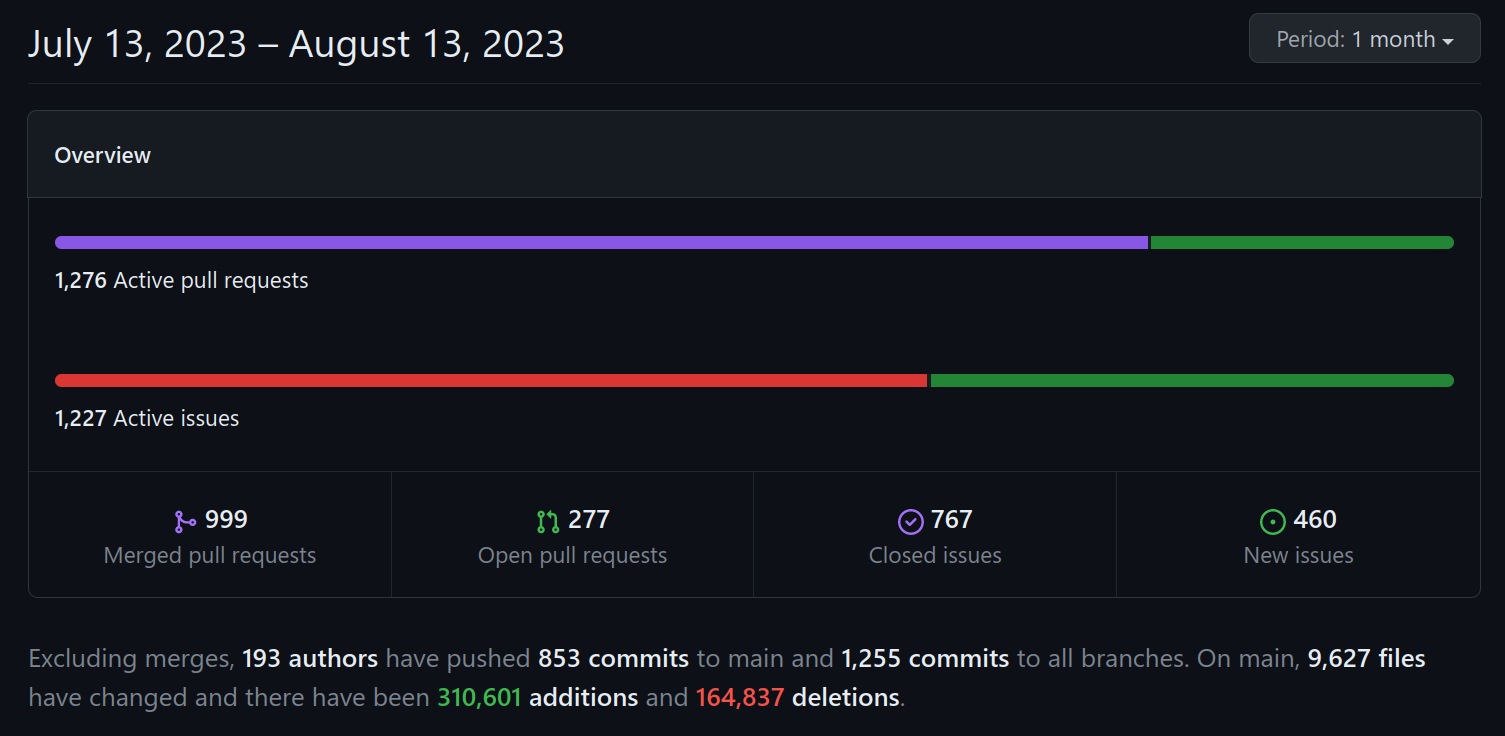Hello!
The other day, I was reading the "2023 State of Open Source Security" report by Snyk. It’s a nice report to read if you're curious about the state of the modern application security landscape, but here’s the part that particularly resonated with me:
The constant rising tide of vulnerabilities continues to lead to security backlogs and decisions not to fix vulnerabilities. Part of the challenge here is false positives, which have increased alongside growing security processes and tooling automation. This is clear evidence that, while automation allows for much better coverage and detection, it can introduce data quality issues that are challenging for already stretched security teams to triage and accurately assess. In fact, false positives are reported at such a high volume that it is highly likely security teams are misclassifying some of these warnings. The sheer volume of CVEs that are ignored and left unfixed in applications (either by not applying patches or not versioning software) indicates that organizations are struggling to keep up with the demands of maintaining an airtight supply chain security posture. The widespread introduction of Al and automation injects additional uncertainty, making it harder to stay abreast, let alone get ahead, of supply chain security concerns.
False positives in security are something that really bothers me, as I happen to work on security for both large applications like Kibana, with hundreds of contributors, and smaller ones like Secutils.dev, where I'm the sole developer.

